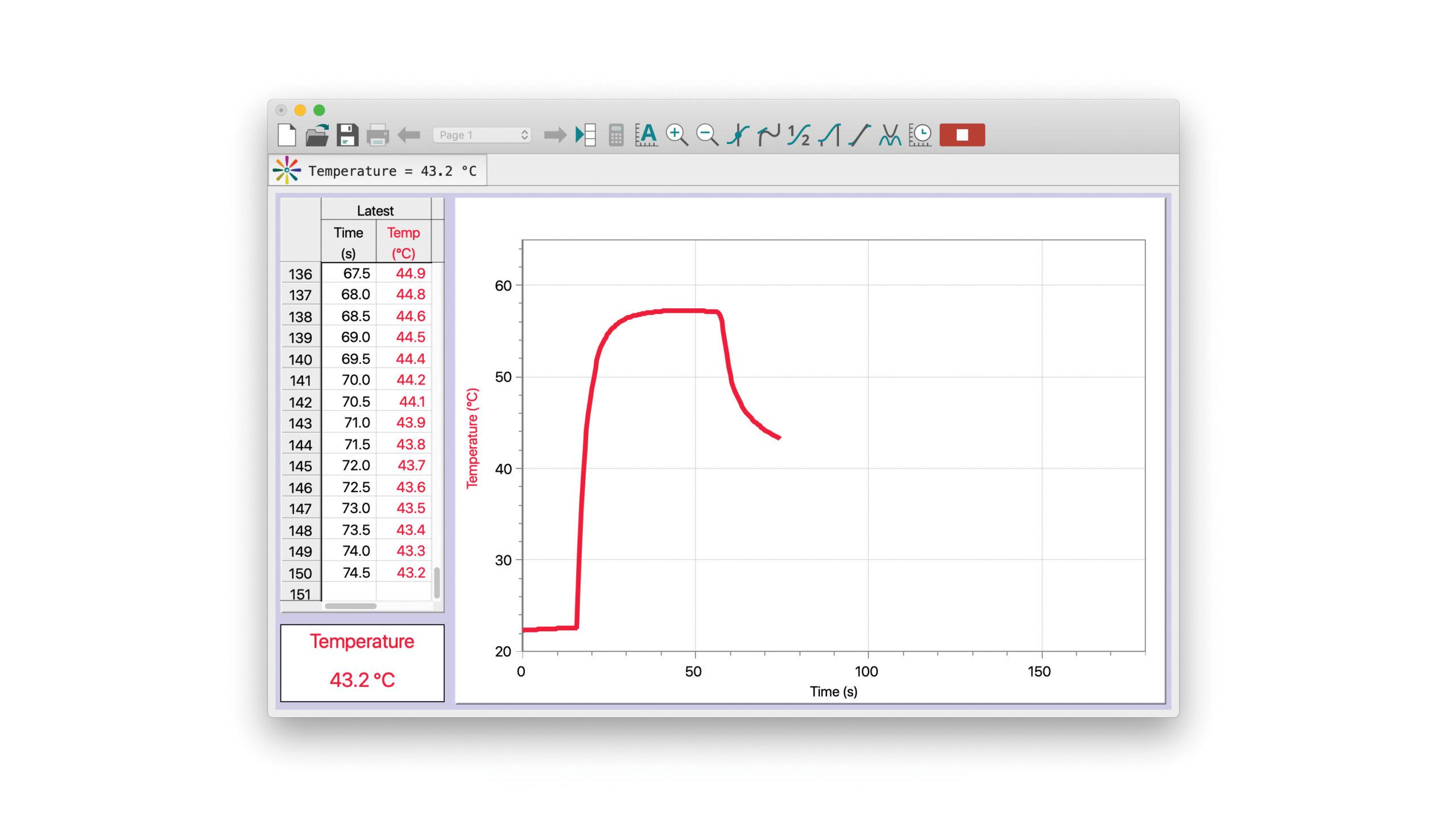Wiring Capacitors in Series and Parallel
Experiment #30 from Physics with Video Analysis
- Subject
- Physics
Introduction
A capacitor is defined as any two conductors, separated by an insulator where each conductor carries a net excess charge that is equal in magnitude and opposite in sign. Its capacitance, C, is defined as
where Q is the magnitude of the excess charge on each conductor and V is the voltage (or potential difference) across the plates.
We can use Gauss’ Law to show that for an ideal parallel plate capacitor where the electric field lines are always perpendicular to the plates, the capacitance across the plates is related to the area, A, of the plates and spacing, d, between them as shown in Equation 2,
where κ is the dielectric constant determined by the nature of the insulator between the conducting plates and ε0 is the electric constant (or permittivity).
Objectives
In this activity, you will
- Determine the effective capacitance when three different capacitors, labeled A, B, and C, are wired in series and when they are wired in parallel.
- Predict the capacitance of a network of these capacitors that has both series and parallel elements in it.
- Examine a “movie” showing what happens to the effective capacitance when these three capacitors are combined in different ways.
Sensors and Equipment
This experiment features the following sensors and equipment. Additional equipment may be required.
Ready to Experiment?
Ask an Expert
Get answers to your questions about how to teach this experiment with our support team.
- Call toll-free: 888-837-6437
- Chat with Us
- Email support@vernier.com
Purchase the Lab Book
This experiment is #30 of Physics with Video Analysis. The experiment in the book includes student instructions as well as instructor information for set up, helpful hints, and sample graphs and data.


